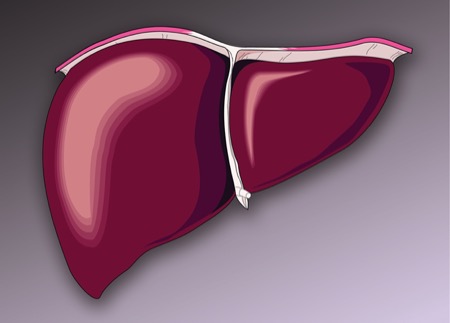WASHINGTON—Fenofibrate appears to improve cholestasis in patients experiencing ischemic cholangiopathy after liver transplant, according to a small study presented at The Liver Meeting 2022.
If proven in larger trials, the medication could become the first pharmacologic intervention for ischemic cholangiopathy, which has no definitive treatment aside from re-transplantation, said investigator Michele Barnhill, MD, a transplant hepatology fellow at Mayo Clinic in Arizona, in Phoenix.
Among livers donated after circulatory death, “ischemic cholangiopathy has a big effect on post-transplant morbidity, mortality and overall cost due to an increase in cross-sectional imaging, increased need for endoscopic biliary intervention, increased antimicrobial use for infection and overall increased hospitalization,” Dr. Barnhill said, presenting the data at the meeting.
Several mechanisms may contribute to the development of ischemic cholangiopathy, she said, including ischemia reperfusion during the transplant. In addition, bile produced immediately after a transplant is characterized by low phospholipids that aid in biliary cholangiocyte death and low bicarbonate, creating a more acidic environment that perpetuates bile acid cytotoxicity. Dr. Barnhill and her co-investigators evaluated whether using fenofibrate could downregulate bile acid production and promote choleresis to impede progression of ischemic cholangiopathy (abstract 5003).
From February to May 2022, 10 liver transplant recipients with ischemic cholangiopathy undergoing endoscopic retrograde cholangiopancreatography (ERCP) were given 90 days of once-daily fenofibrate (160 mg maximum dose). All patients were recipients of livers donated after circulatory death with a mean warm ischemic time of 24.6 minutes and mean cold ischemic time of about 6.2 hours. Ischemic cholangiopathy was diagnosed by ERCP at a mean 195 days after transplant, and fenofibrate was started at a mean 289 days after transplant.
After 90 days of fenofibrate, mean alkaline phosphatase (ALP) level declined from 905 to 229 IU—a 76.4% reduction from baseline. ALP improvement was statistically significant at days 30, 60 and 90 (P<0.005). The effect was more pronounced in patients who had more aggressive subtypes of ischemic cholangiopathy. There was a statistically significant rise in creatinine of 15% and a statistically significant decline in glomerular filtration rate of 17% during the first 30 days, but those measures did not progress during the following 60 days of therapy, Dr. Barnhill said. The treatment was well tolerated overall.
The research team is conducting a follow-up clinical trial to assess the efficacy of early fenofibrate initiation post-transplant (ClinicalTrials.gov Identifier: NCT05514119).
—Karen Blum
Dr. Barnhill reported no relevant financial disclosures.
{RELATED-HORIZONTAL}
